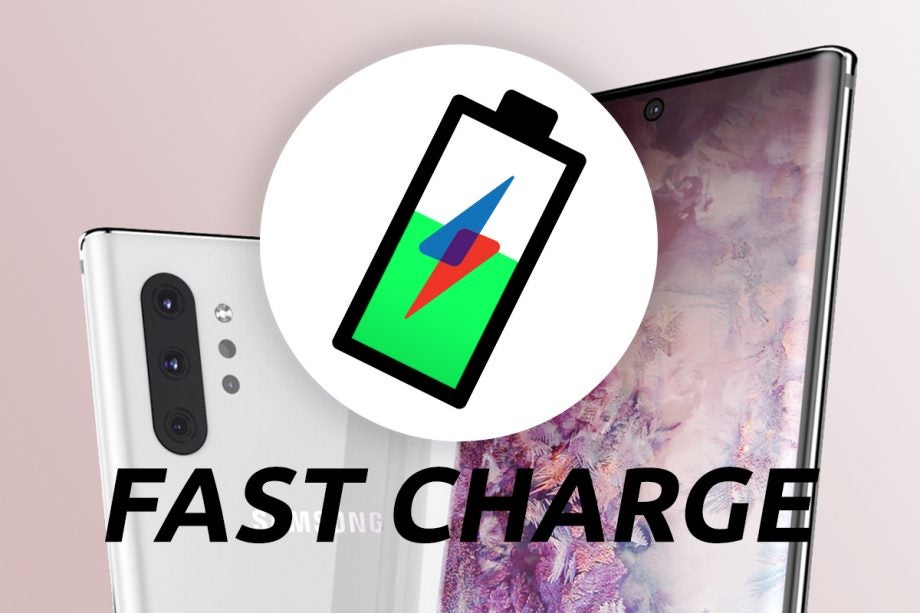Fast Charge: 2019 proved that expensive smartphones aren’t always better

2019 has probably been packed with more big-name flagship smartphone launches than any other year, at higher prices too – but it’s the cheaper, far less-heralded handsets that are shining the brightest.
For both Samsung and Google, it was not simply a case of dropping the ball in 2019, but also partly of self-sabotage.
Samsung launched six smartphones that can be considered flagships (we’re not counting the Galaxy Fold) in 2019, comprising the Galaxy S10 and Galaxy Note 10 families.
They’re all very good rather than excellent, and none of them can be described as exciting. Is there a single must-have feature between them? The S Pen, perhaps, but then again every version of the Note comes with a stylus.
The Pixel 4 range is hamstrung by a very different problem, in that both the Pixel 4 and 4 XL sport outstanding cameras and a 90Hz display − two highly desirable features − but both models suffer from inexcusably poor battery life.
The prices of Google’s 2019 flagships range from £629 to £929, and those of Samsung’s 2019 flagships range from £799 to £1199. Is any phone really worth paying more than £1000 for, let alone an unremarkable one?
For similar money, you can get your hands on the £649 OnePlus 7 Pro, a handset that many would call the smartphone of the year. For even less, there’s the £499 Xiaomi Mi 9, a phone that earned five stars out of five in our review − a very rare thing indeed.
The Xiaomi Mi 9T Pro costs £399, the OnePlus 7T costs £549, the Oppo Reno 2 costs £449, the Oppo Reno 2Z costs £329. All are very good handsets that won’t shave anywhere near as much off your bank balance.
And sales reports from throughout the year have shown that the big names flagships haven’t got such a strong pull on consumers right now. A larger proportion of Samsung’s phone sales in 2019 have comprised mid-rangers, like the £309 Galaxy A50. The shift has impacted Samsung’s profits, but helped the company to grow market share.
Google, too, was bailed out by the £399 Pixel 3a in mid-2019, the more expensive Pixel 3 having failed to attract as many buyers as Google had hoped.
Related: Best cheap mobile phones
This is, of course, by no means a death knell for the big-name flagships. The Huawei P30 Pro is an excellent device, as are Apple’s trio of new iPhones. The Huawei Mate 30 and Huawei Mate 30 Pro should have been smartphone of the year contenders too, but the Android ban stamped all over that.
However, we can hope that the major players in the smartphone market take something from consumers’ recent buying habits, and adapt. Most people either can’t afford or don’t want to shell out close to £1000 on a new smartphone every year, especially if there’s something equally good available for half the price.
Fast Charge is our weekly mobile-focussed column where we delve deeper into the world of smartphones, wearables and more. Find it on Trusted Reviews every Saturday morning.


